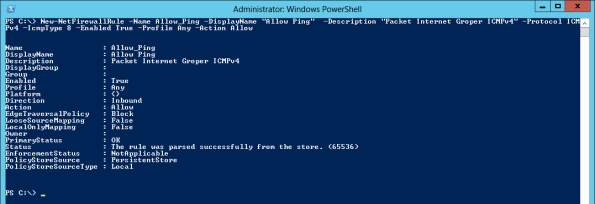Open the Server Manager and right-click on roles, select Add Roles from the context menu
Click next on the Before You Being page to bring up a list of Roles that can be installed, select Remote Desktop Services and click next
On the Introduction To Remote Desktop Services page click next, this will bring you to the Role Services page, select the Remote Desktop Session Host as well as the Remote Desktop Licensing Service and then click next.
When you get to the application compatibility page it tells you that you should install the Session Host Role before you install your applications, just click next as we have not yet installed our applications. You are then asked if you want to require NLA, this will only allow Windows clients to connect to the Remote Desktop Session Host Server, in addition they must be running a Remote Desktop Client that support Network Level Authentication. I will go ahead and require NLA and then click next

Now you have to choose a licensing method, most of you guys wont have Remote Desktop Client Access Licenses, so you can leave your option at Configure Later this will give you unlimited access to the Remote Desktop Server for 4 Months (120 Days). However, if you do have licenses here is some information help you make your choice:
Licensing Modes
The licenses you purchased can be used either as Per User or Per Device. It is purely up to you, however if you already have a RDS Licensing Server you will have to choose the same option you chose when importing the licenses originally.
- RDS Per User CAL – This means that every user that connects to the RDS Server must have a license. The user is assigned the license rather than the devices that he/she connects to the server from. This mode is a good choice if your users want to connect from a lot of different computers or devices (iPad, Home PC, Laptop, Phone etc)
- RDS Per Device CAL – If your users share a common workstation this is the mode for you, the license is given to the device rather than the users, this way many people can connect from a single device. However, if they try to connect from a different device they will not be able to since their user account doesn’t have a license.
I will leave mine at configure later and click next
Now you should specify who can connect to the Remote Desktop Server, I will just add my user account (Windows Geek), then click next
You are now given the option of making the RDS Server look and act more like Windows 7, this is to avoid users getting confused when they see the classic theme. I will enable the all the settings, it requires more bandwidth though, so take your network traffic into account before going click-happy and selecting everything. Once you have made your choice click next
Since we are running Server 2008 R2, we don’t need to specify a Discovery Scope so just click next again
Finally you can click on install.
Once installation is complete, reboot your server, when you log in the configuration will complete. That’s all there is to installing a Remote Desktop Server.
Activation
If you need to install your licenses you can do it through the RD Licensing Manager. You will need to activate the Server first though. I wont go through this, as it is self-explanatory.
Once you have installed you Licenses you will need to specify a license server for the RDS Session Host to use, to do this, open the RDS Session Host Configuration MMC
When the console opens double-click on the Remote Desktop license servers link.
Now you can specify your licensing mode and then hit the add button to specify a licensing server.
As I said before, you can skip this activation section and use Remote Desktop Services for 120 Days before you need to purchase a CAL. Once you have done this you will need to install your applications. However you cant just install them in any fashion you want, there is actually a
special method for installing applications on a Remote Desktop Server.



























